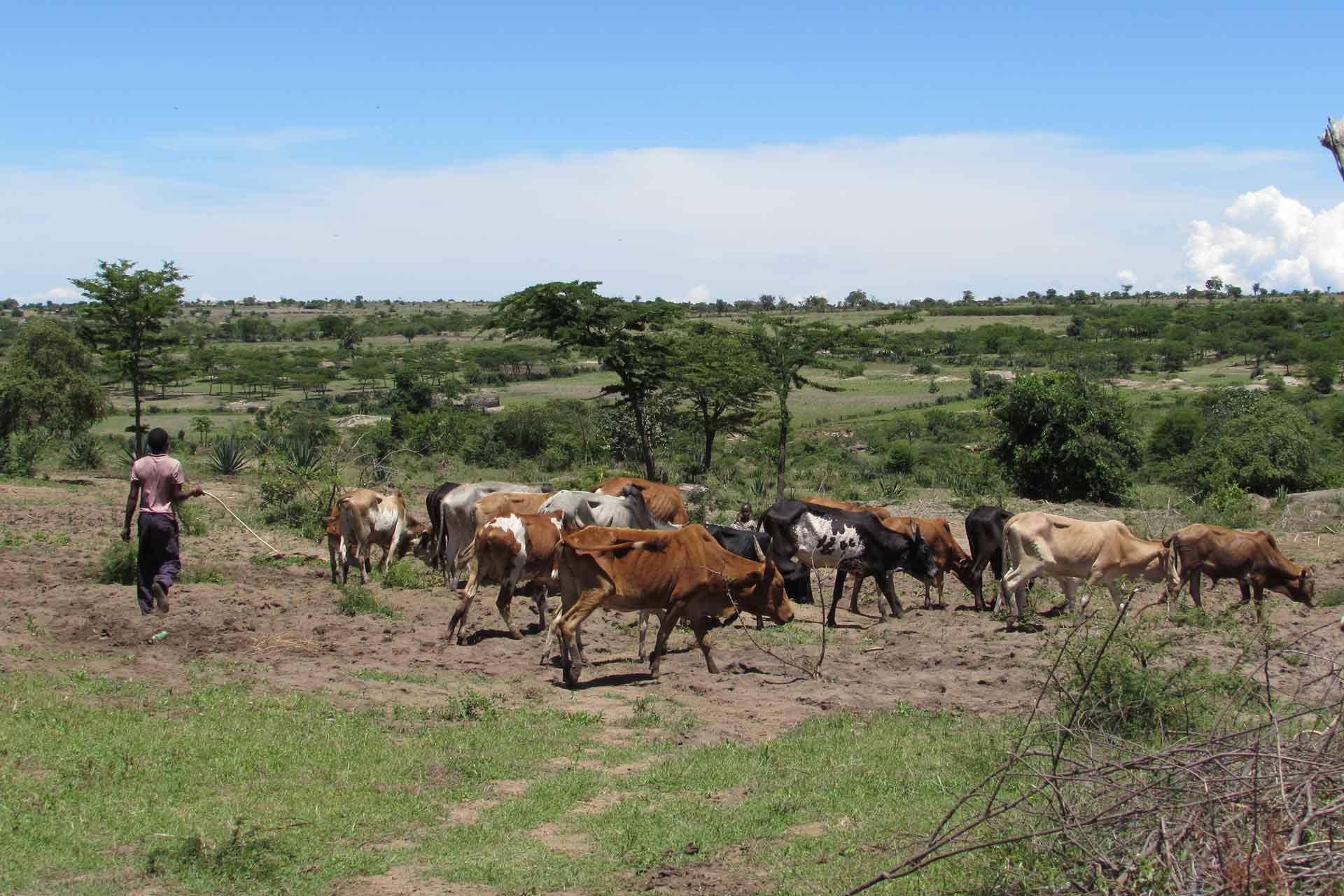Opportunities for enhanced surveillance of foot-and-mouth disease in endemic settings using milk samples
Under-reporting of foot-and-mouth disease (FMD) masks the true prevalence in parts of the world where the disease is endemic. Laboratory testing for the detection of FMD virus (FMDV) is usually reliant upon the collection of vesicular epithelium and fluid samples that can only be collected from acutely infected animals, and therefore animals with sub-clinical infection may not be identified. Milk is a non-invasive sample type routinely collected from dairy farms that has been utilised for surveillance of a number of other diseases. The aim of this study was to examine the application of milk as an alternative sample type for FMDV detection and typing, and to evaluate milk as a novel approach for targeted surveillance of FMD in East Africa. FMDV RNA was detected in 73/190 (38%) individual milk samples collected from naturally infected cattle in northern Tanzania. Further, typing information by lineage-specific rRT-PCR assays was obtained for 58% of positive samples, and corresponded with the virus types identified during outbreak investigations in the study area. The VP1-coding sequence data obtained from milk samples corresponded with the sequence data generated from paired epithelial samples collected from the same animal. This study demonstrates that milk represents a potentially valuable sample type for FMDV surveillance and might be used to overcome some of the existing biases of traditional surveillance methods. However, it is recommended that care is taken during sample collection and testing to minimise the likelihood of cross-contamination. Such approaches could strengthen FMDV surveillance capabilities in East Africa, both at the individual animal and herd level.

